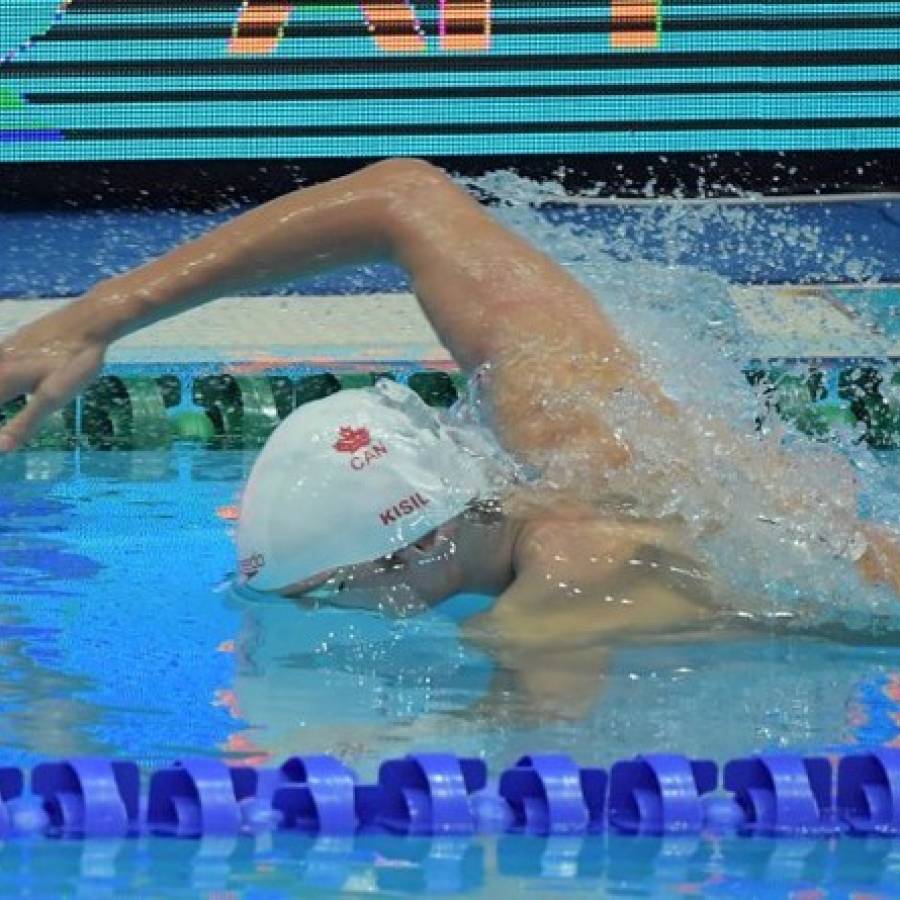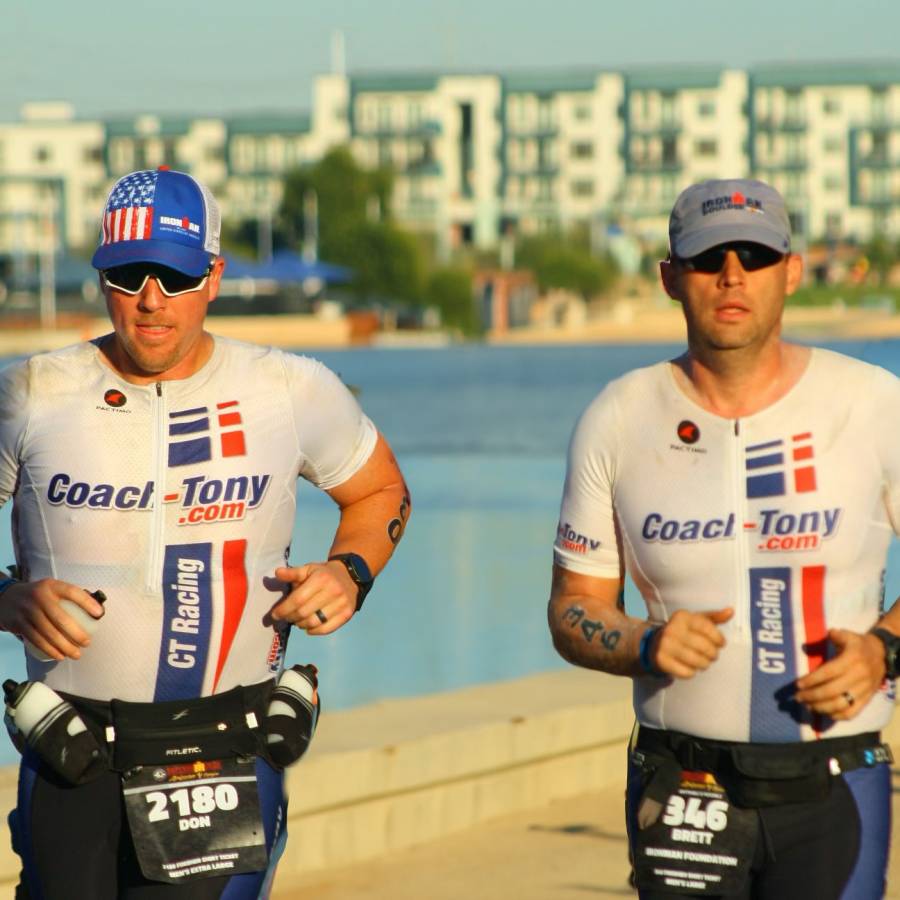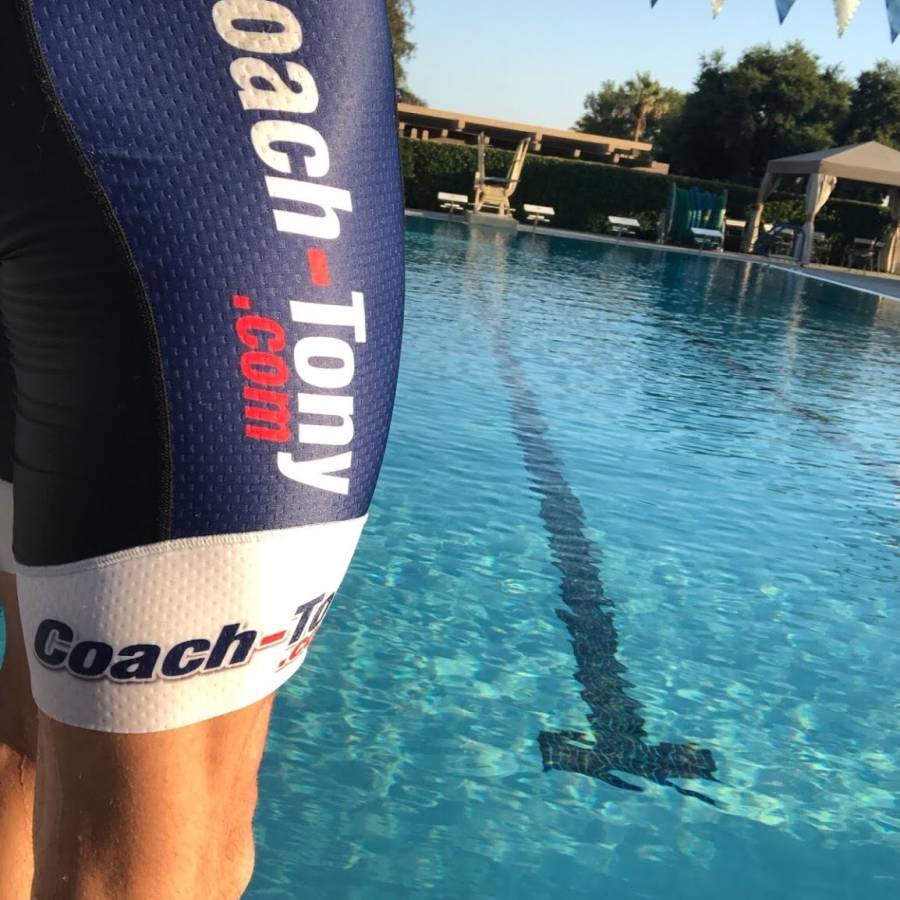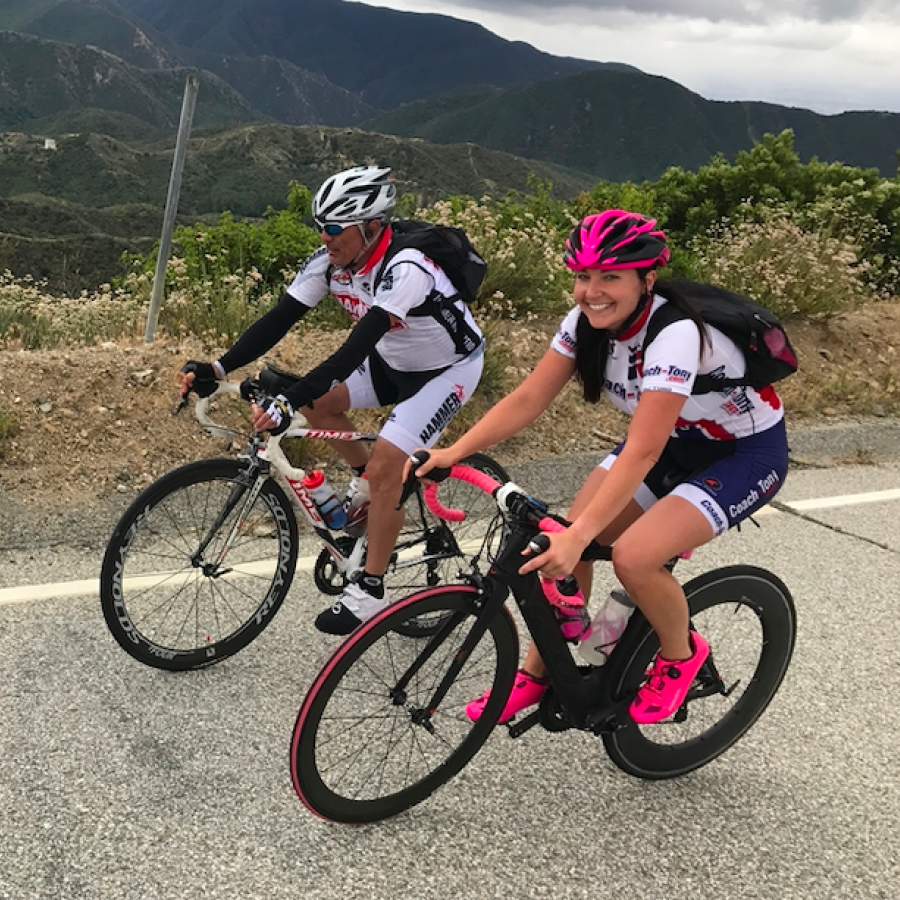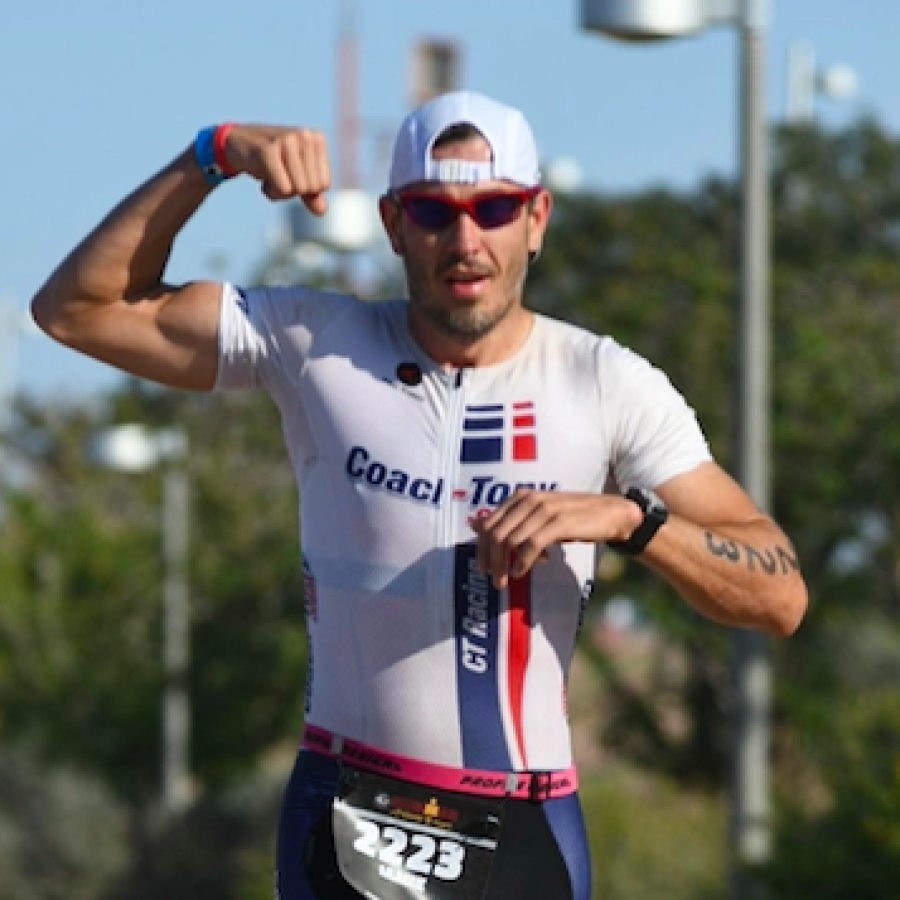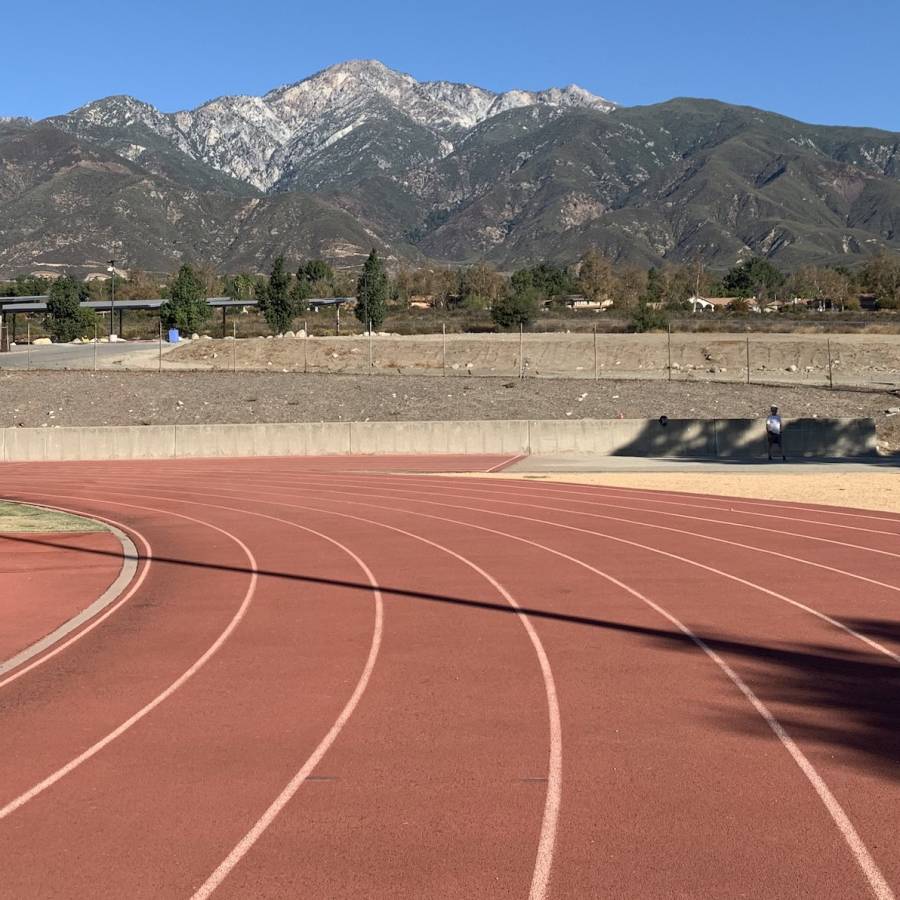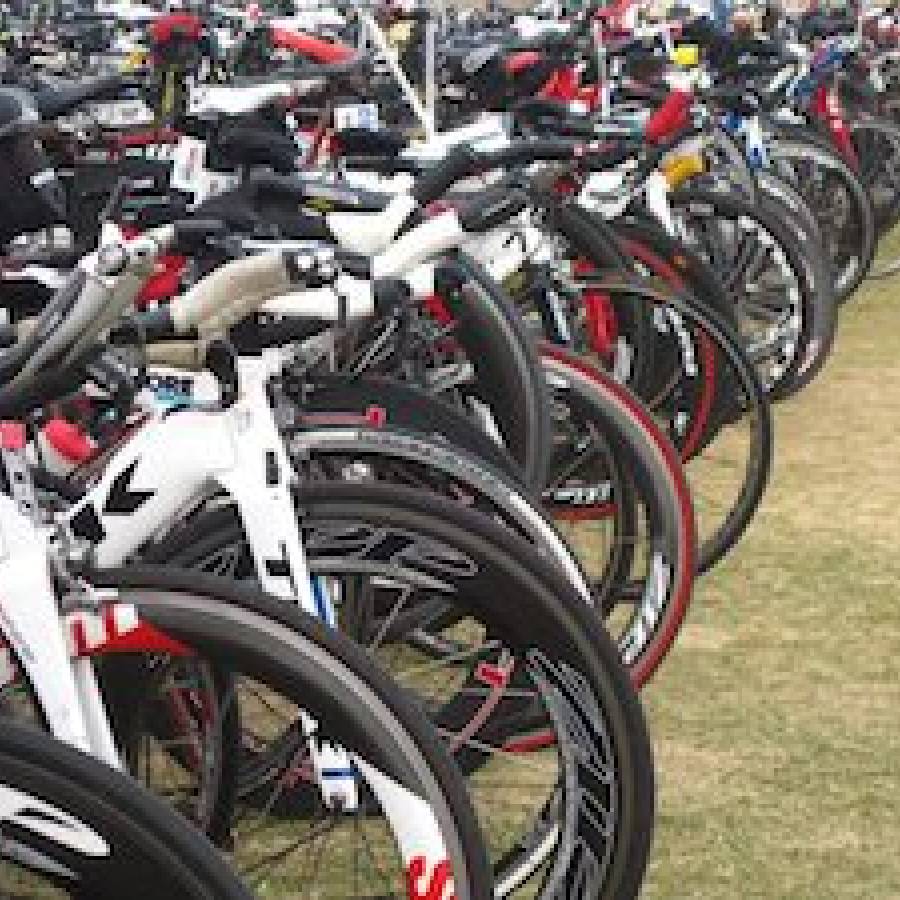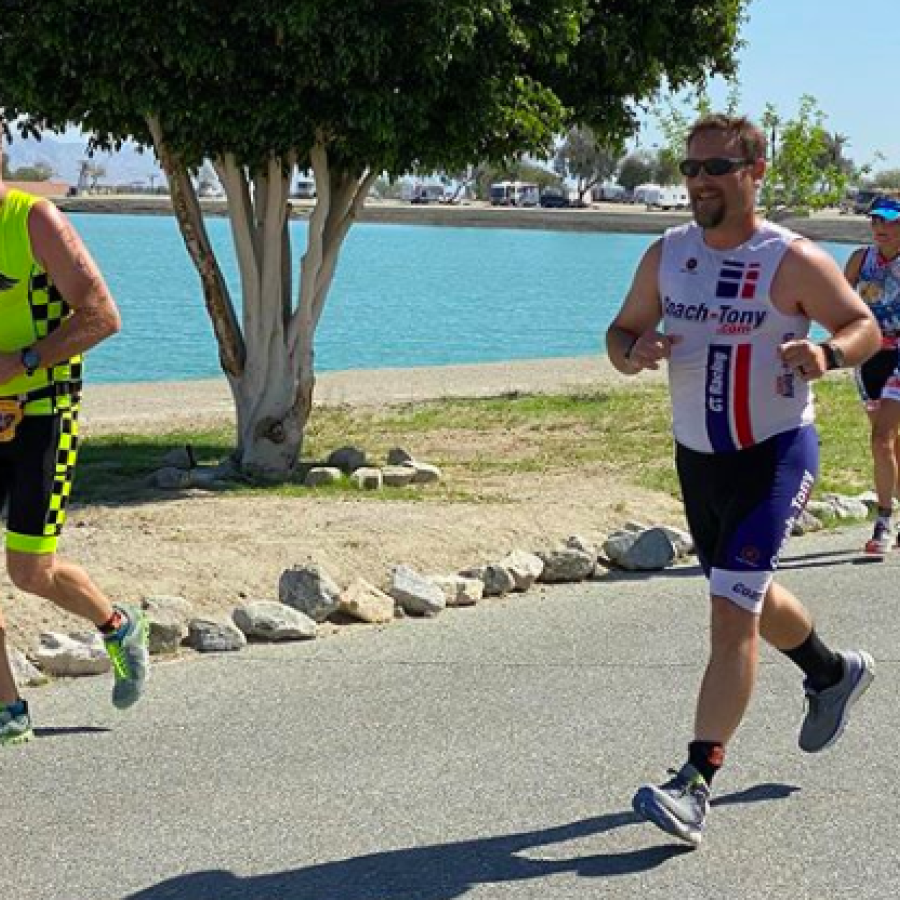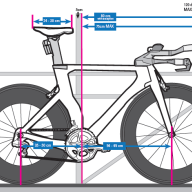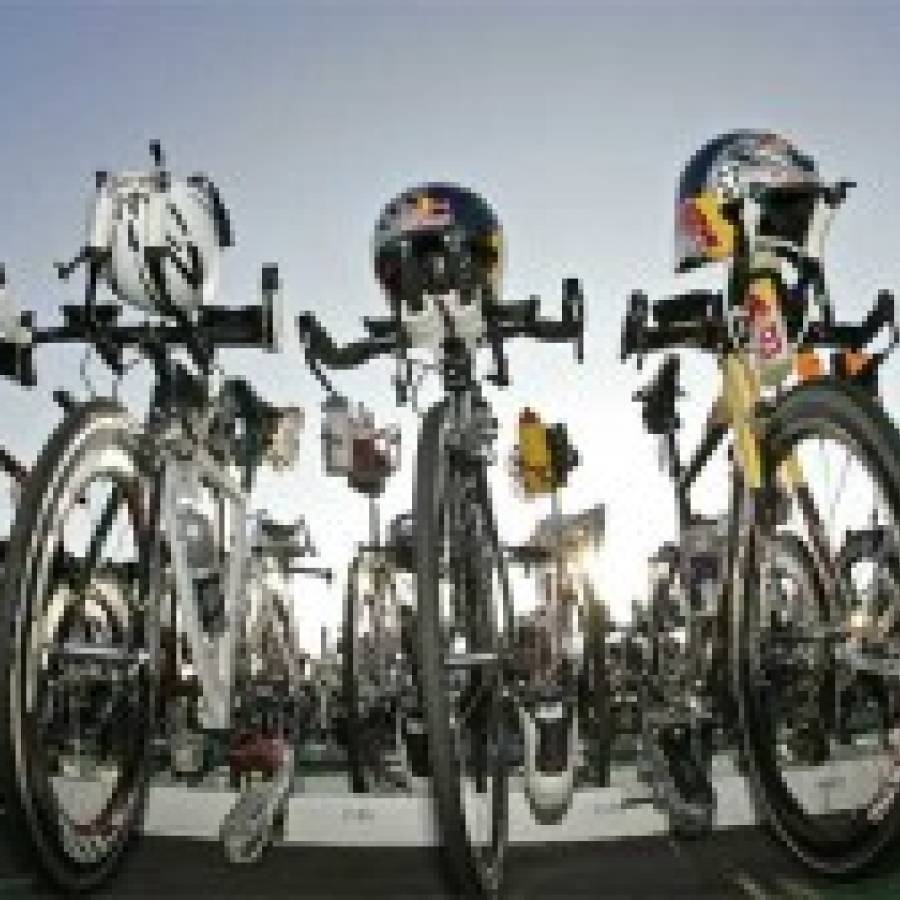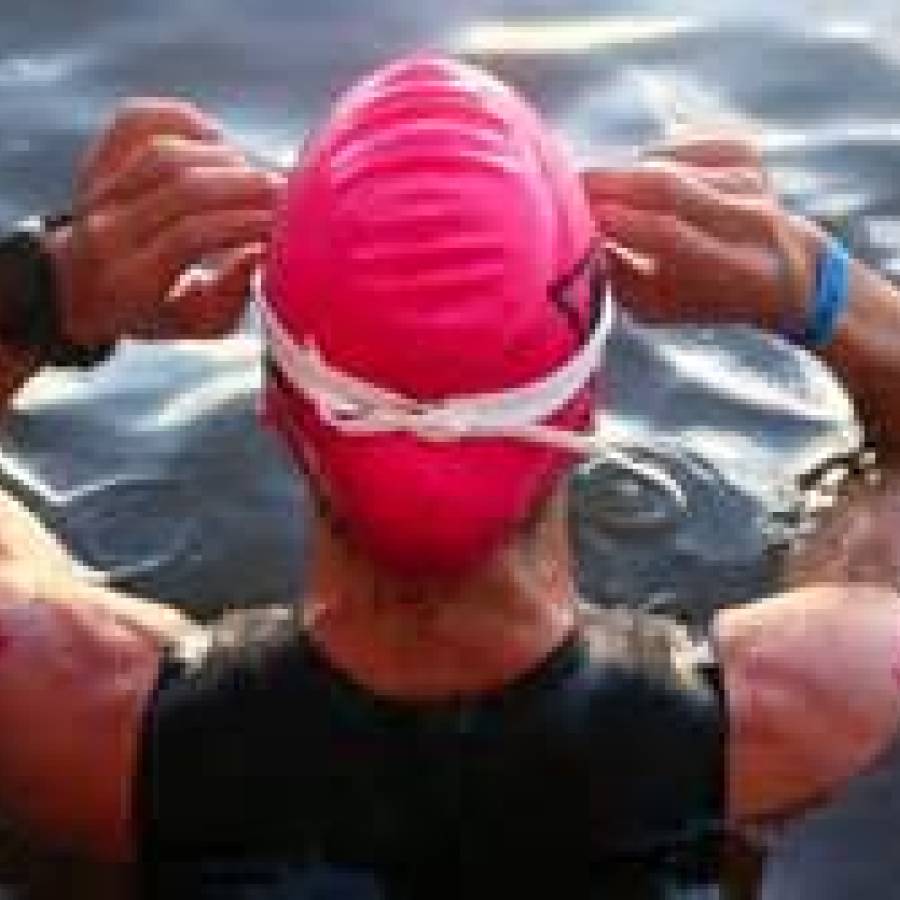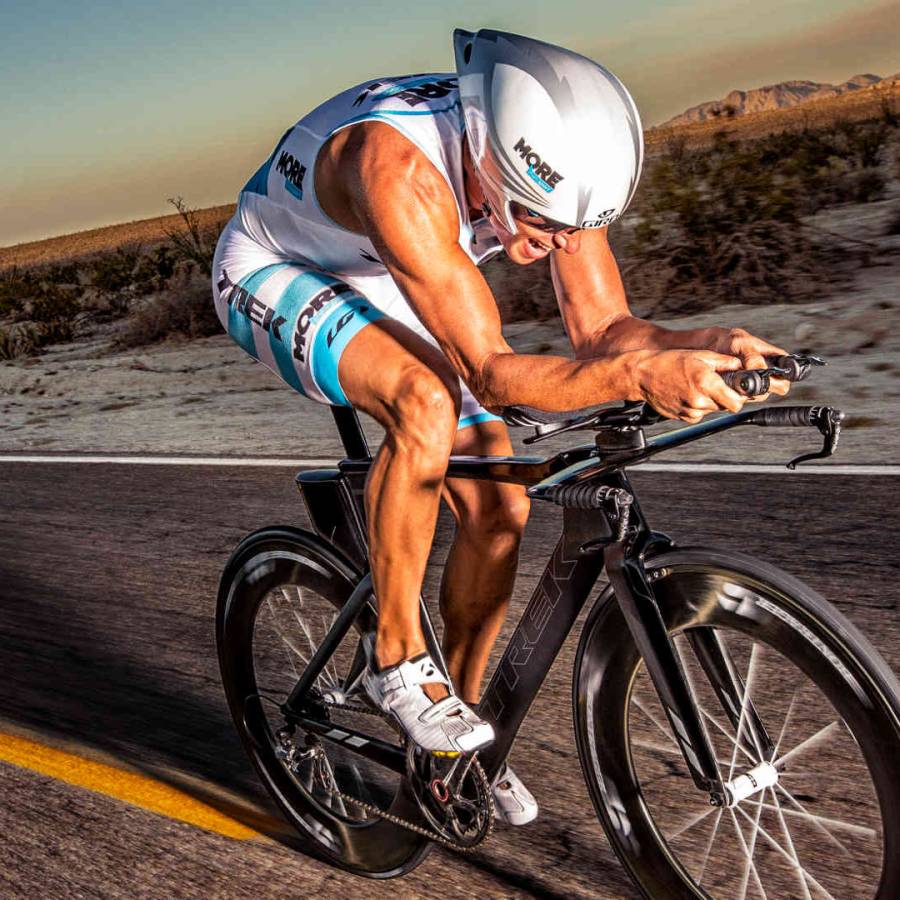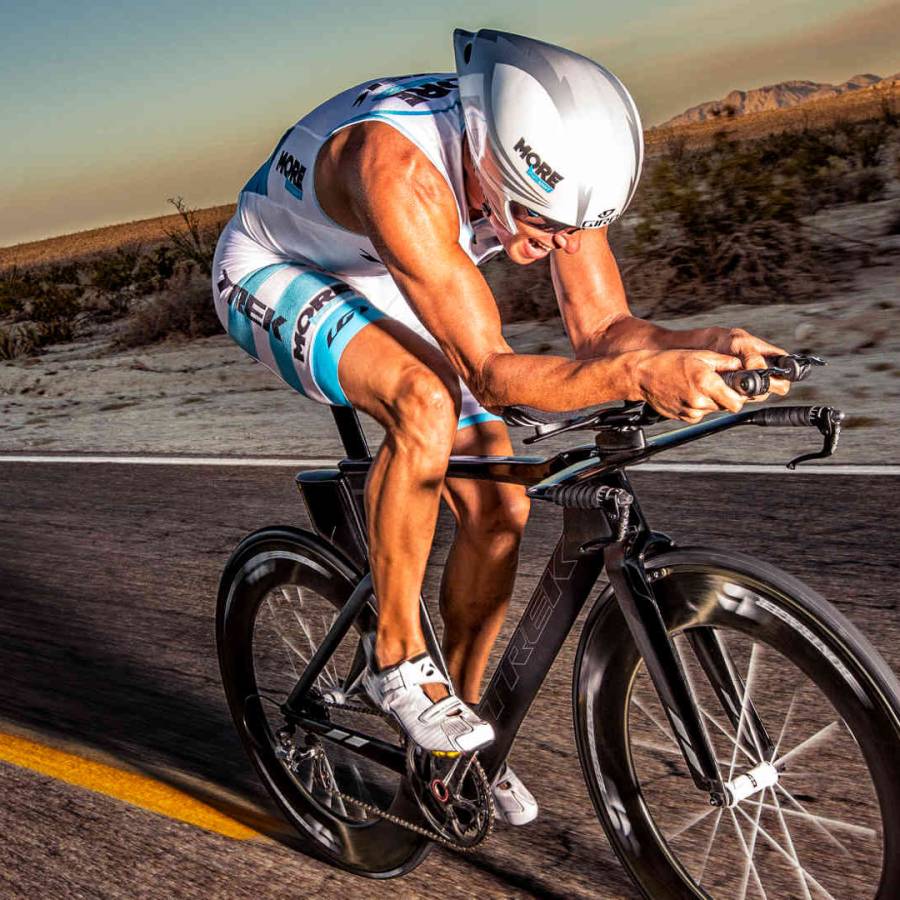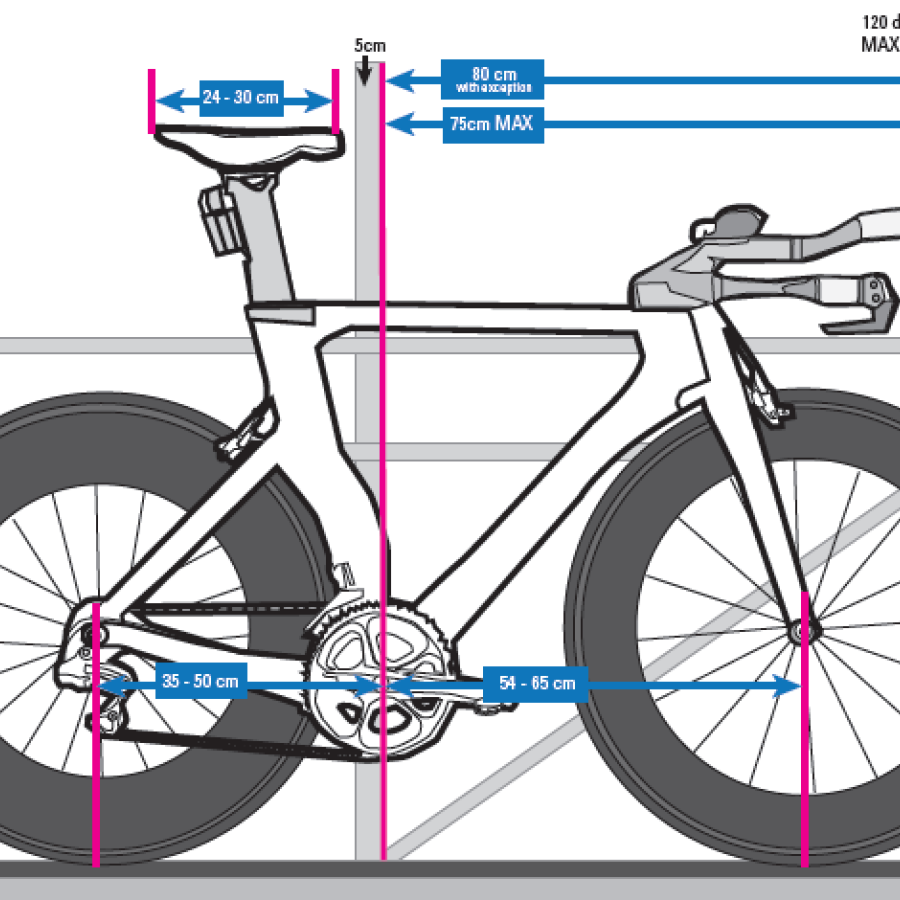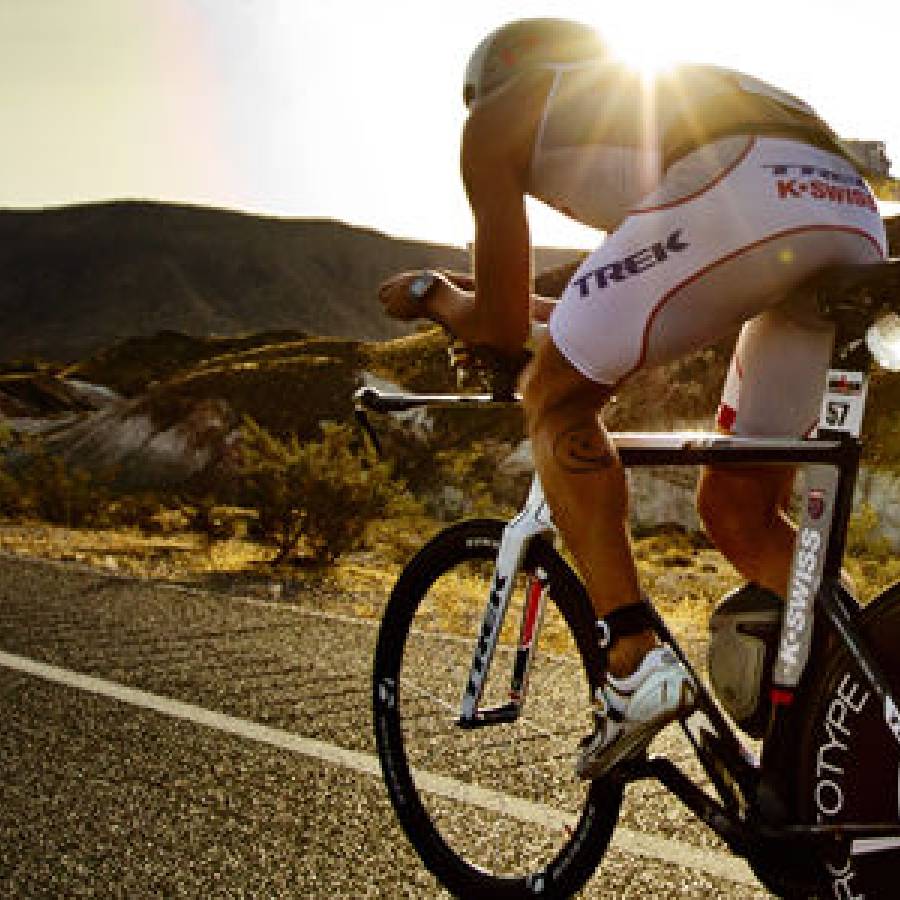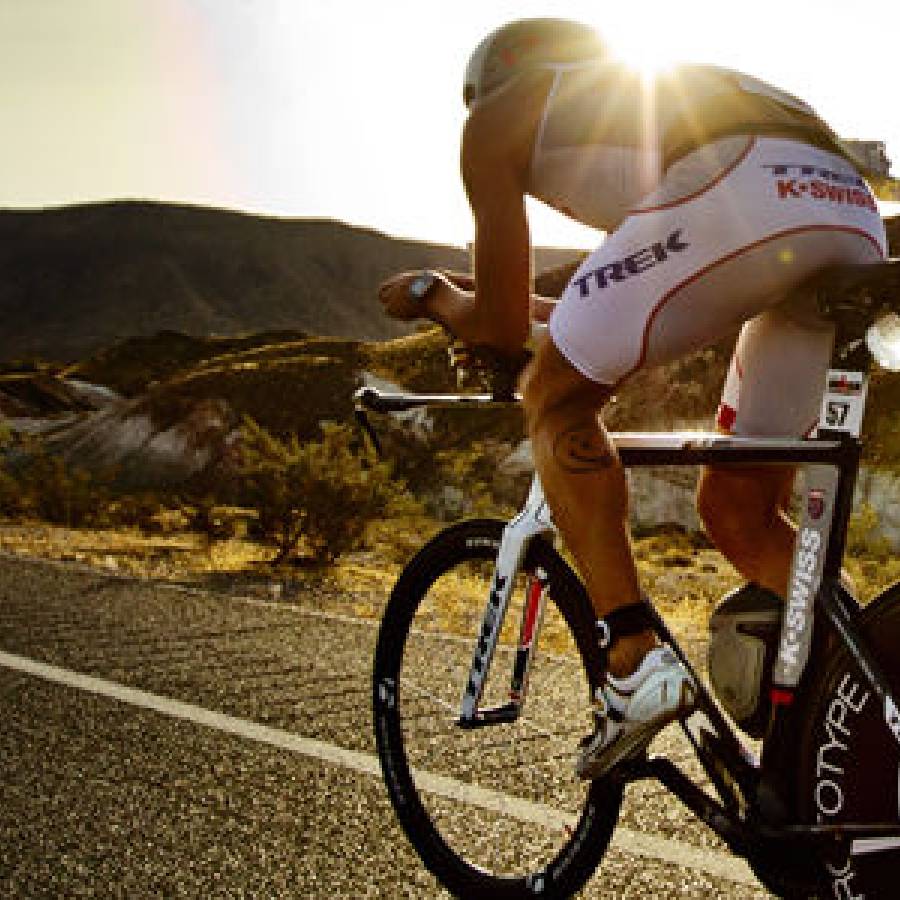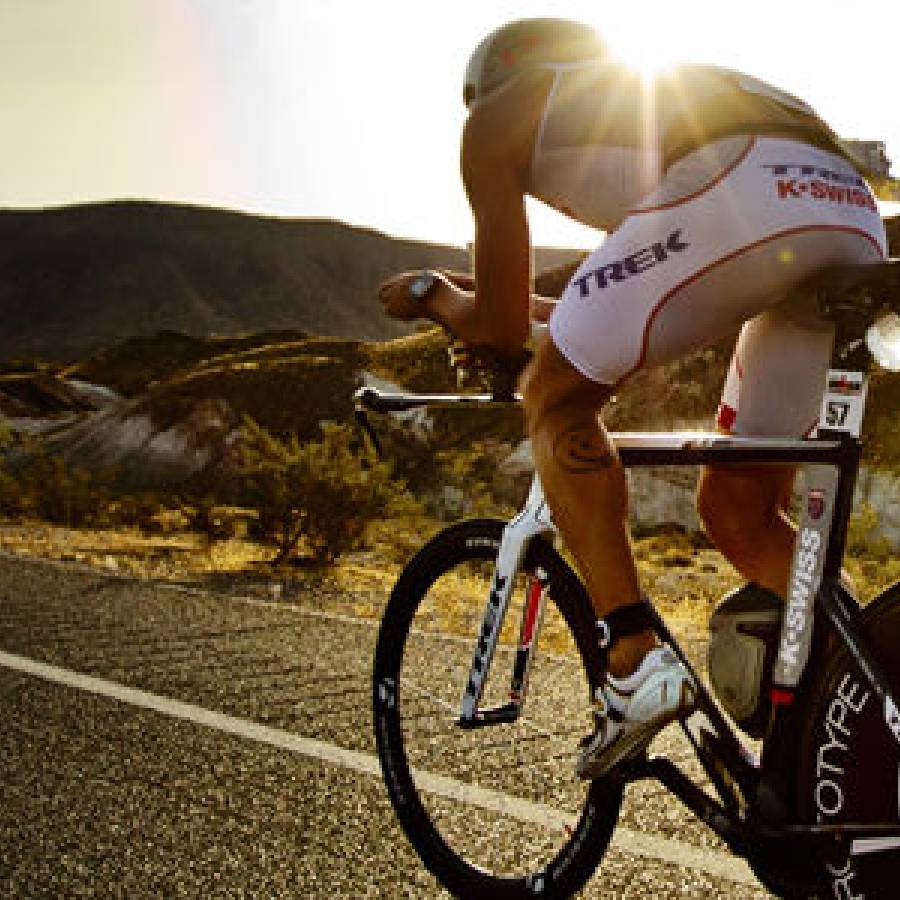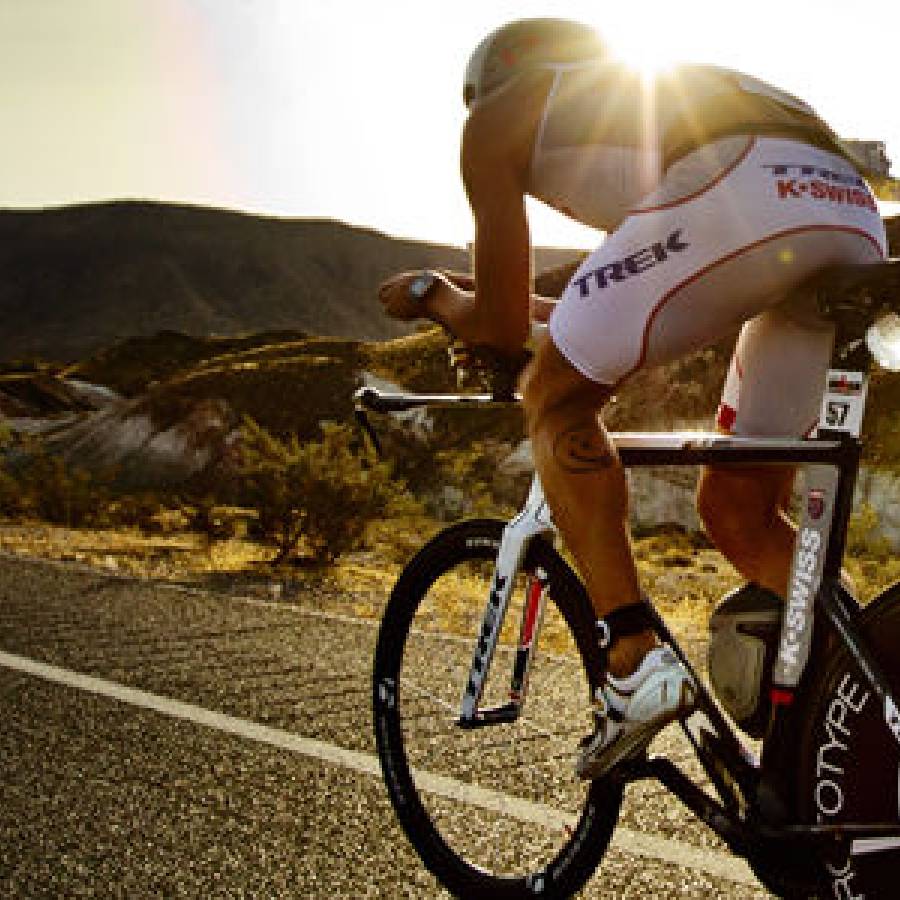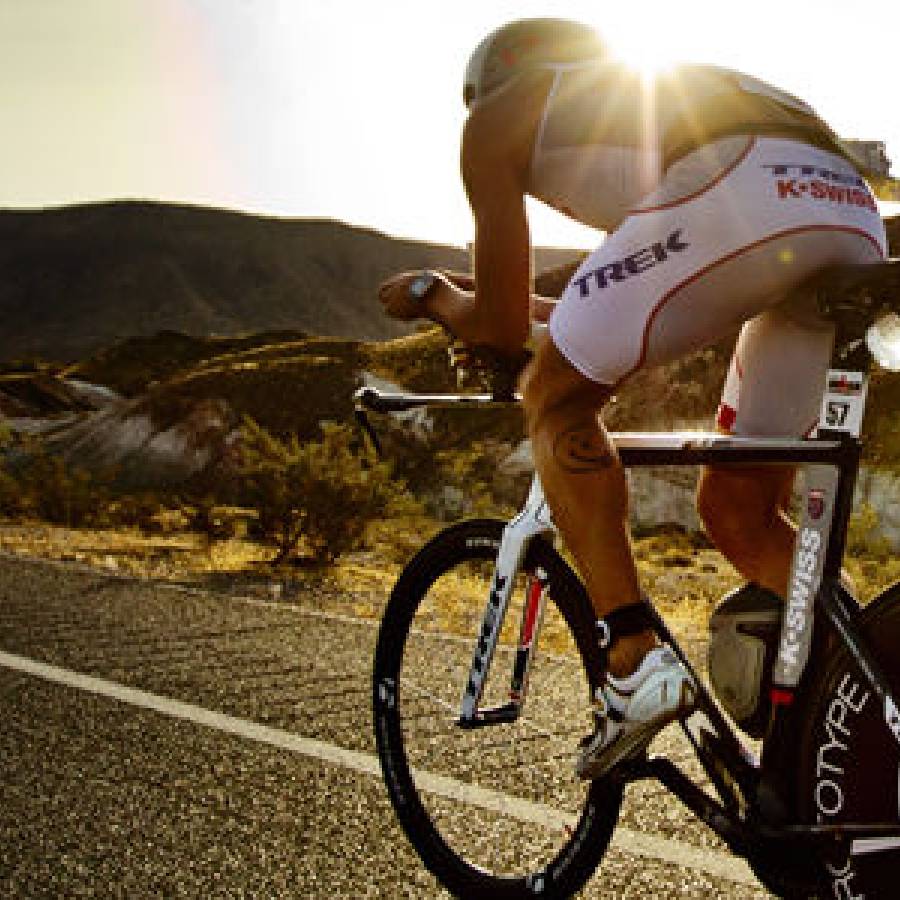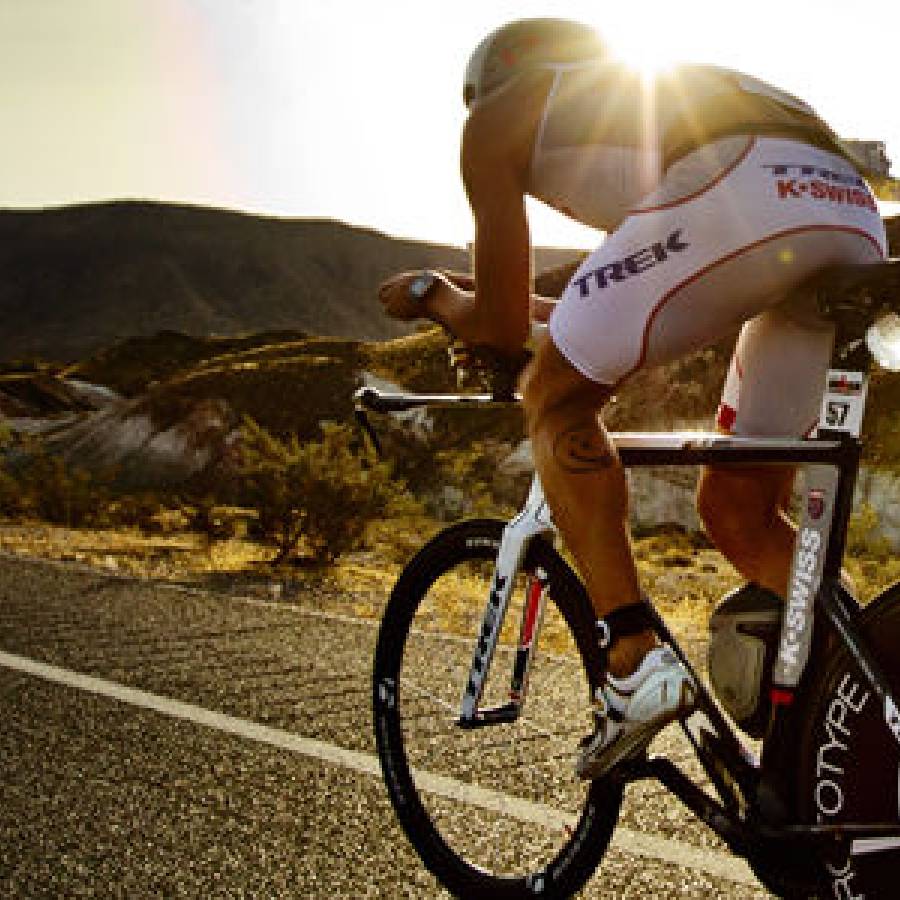There are many types of wetsuits, each with its own purpose. Diving, surfing, body gliding, and our favorite, triathlon wetsuits are all constructed differently. Why and how do we choose a triathlon wetsuit? Triathlon wetsuits are designed for swimming and provide warmth. They are made to be flexible enough for you to swim in because they are tailored to support our swimming movements. They are also buoyant enabling us to swim faster with less effort. The buoyancy helps you float to the surface reducing drag in the water.
About Triathlon Wetsuits:
Efficient swimming includes swimming as horizontal to the water‘s surface as possible. This reduces drag. Less drag in the water means greater speed. While speed savings vary by swimmer, you can save as much as 10 seconds per 100 meters just by wearing a full-sleeve wetsuit (one advantage of the full over the sleeveless). Most wetsuit retailers have a buoyancy rating that is designed to show how much float is in the wetsuit; usually Minimum, Moderate and Maximum. Minimum ratings are given to thinner, less buoyant wetsuits usually built more for speed while Maximum refers to thicker wetsuits targeting beginner or heavier swimmers.
Wetsuits are made of neoprene rubber, which has air bubbles in it that give it flotation. Swimming in a triathlon wetsuit feels a lot like swimming with a pull buoy. The inside of triathlon wetsuits are covered with a nylon or polyester jersey material. Many wetsuits are coated on the outside with a Super Composite Skin (SCS), making them even more hydrodynamic. Most wetsuits have thicker rubber on the areas where you want the most flotation like the legs and thinner rubber through the shoulders and arms (where you want flexibility). Most also have tapered legs for easy exit. Some have a textured panel on the forearm. Features vary by wetsuit brand and price.
Flexibility & Sizing:
Flexibility varies amongst wetsuit manufacturers. Gauging flexibility is difficult even if you are in the wetsuit. Expect the wetsuit to be tight, very tight and not fully fitted to your body until submerged in water. Once submerged, the water will help fit/adjust the wetsuit to your body. Some wetsuit retailers also provide a flexibility guide.
Sizing and fitting are the most important elements to consider when buying a wetsuit. Most wetsuit manufacturers have very accurate size charts. Always defer to your weight when making a sizing decision. Retailers should also provide height gauges and swim ability when selecting size to help you decide.
Cost:
Why are triathlon wetsuits more expensive than other types of wetsuits? The big difference between surfing or water sports wetsuits and triathlon is the design and the material. Triathlon wetsuits are made specifically for swimming. Most other wetsuit types are designed either for activities above the surface of the water or deep see diving. They give you warmth but restrict swim mobility.
When shopping for a triathlon wetsuit, you may notice prices range from about $200 to $650+. The greater the price the greater the flexibility and speed of the wetsuit. Be careful, wetsuits made for speed are typically less durable than others. Just like a running flat, they are lighter and made with less material (hence to go fast). Don’t use products like Pam to ease your way into and/or out of the suit. Pam is a cooking oil and will cook your suite while you are riding and running. Use wetsuit friendly products like Body Glide or ??? Your wetsuit should last you 5-10 years so long as you take good care of it.
Sleeveless or Full Sleeve:
The most frequently asked question is Sleeveless or Full Sleeve. The here’s no right answer but there are things to consider when picking one over the other. More rubber equals more speed. There is no question that a full-sleeve wetsuit is faster than one without sleeves. Most professional triathletes go with the full-sleeve suits. The additional rubber on the arms may save you as much as a couple of seconds per 100 meters. The most common concern about a full-sleeve wetsuit is that it will limit arm rotation in the water. If you have a good fit and your wetsuit is on correctly this should not be a problem.
Every swimmer is different and some prefer a sleeveless suit because they are better able to maintain a feel for the water. Sleeveless wetsuits are somewhat less hydrodynamic because they let more water into the suit. It is not possible to create a perfect seal around the arm holes of a sleeveless suit. Sleeveless wetsuits are easier to get into and exit from, and they are typically less expensive than full sleeves. Sleeveless wetsuits are better for warmer water. However, if it’s too warm for a full wetsuit, it’s probably also too warm for a sleeveless.
Wetsuit Rules:
USAT rules state that competitors may wear wetsuits if the water temperature is 78 degrees or lower. USAT rules also state that if the water temperature is between 78.1 - 83.9 degrees, competitors may wear wetsuits but will not be eligible for awards. If the water temperature is 84 degrees or above, participants may not wear wetsuits. Beginning in 2013 use of wetsuits exceeding five millimeters in thickness will not be permitted at USAT-sanctioned events. The new regulation, which falls under Article 4.4 Wetsuits of the USA Triathlon Competitive Rules, states: “Effective January 1, 2013, any swimmer wearing a wetsuit with a thickness measured in any part greater than five millimeters shall be disqualified.” By implementing this rule change, USA Triathlon falls in line with the international standard of five millimeters recognized by the International Triathlon Union (ITU) and other National Governing Bodies. The adoption of this rule is designed to eliminate any competitive advantage gained by enhancements in wetsuit technology in recent years. For more info on the 2013rules, go to http://www.usatriathlon.org/news/2010/06/21/usa-triathlon-adopts-new-wetsuit-regulation/36693
Recommended Brands:
- Xterra
- De Soto
- Blue Seventy
- Orca
- QR
- Zoot
Lastly, where to get a great deal:
Join a triathlon club. Most clubs have equipment sponsor that support the team. The sponsor provides discounted prices in return for an increased sales and exposure. It is a win-win and a chance to make up some or all of your club fees. Triathlon Connection members get a great deal on Xterra Wetsuits. Contact me for the discount code;




